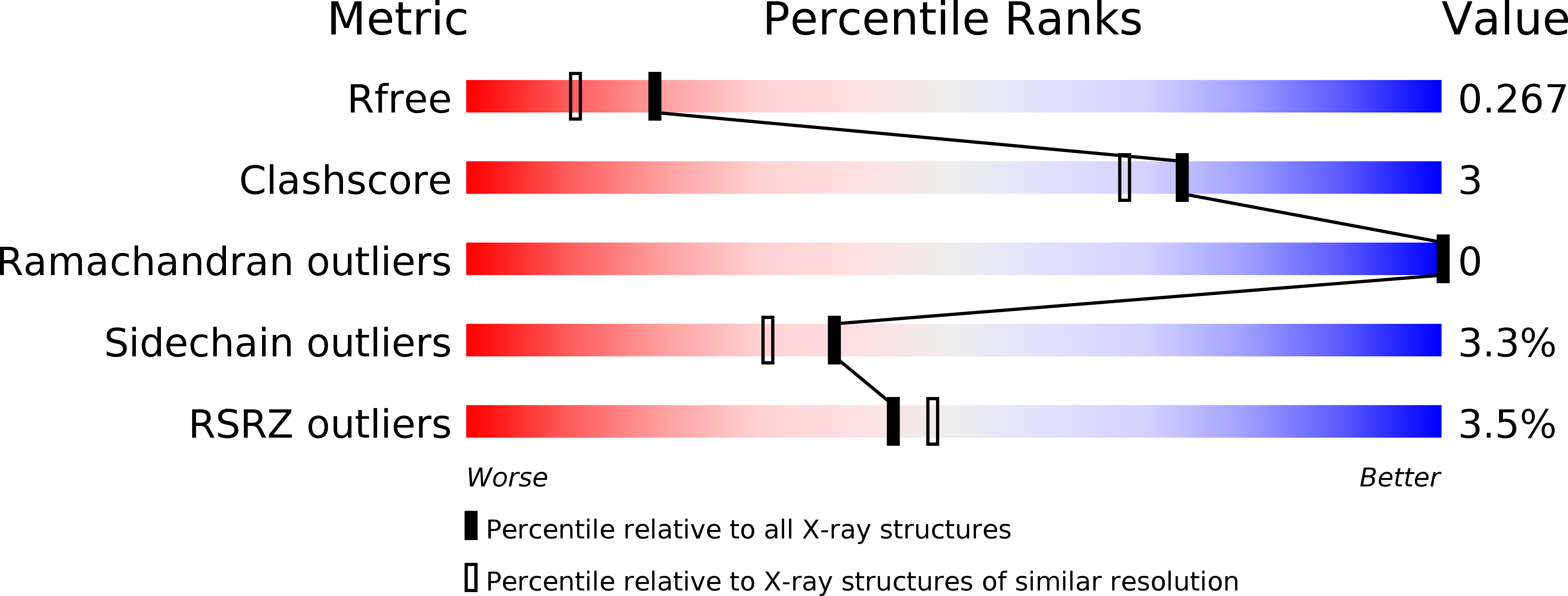
Deposition Date
2016-10-20
Release Date
2017-02-15
Last Version Date
2024-05-08
Entry Detail
PDB ID:
5M58
Keywords:
Title:
Crystal structure of CouO, a C-methyltransferase from Streptomyces rishiriensis
Biological Source:
Source Organism:
Streptomyces rishiriensis (Taxon ID: 68264)
Host Organism:
Method Details:
Experimental Method:
Resolution:
2.05 Å
R-Value Free:
0.26
R-Value Work:
0.20
R-Value Observed:
0.20
Space Group:
P 1 21 1


